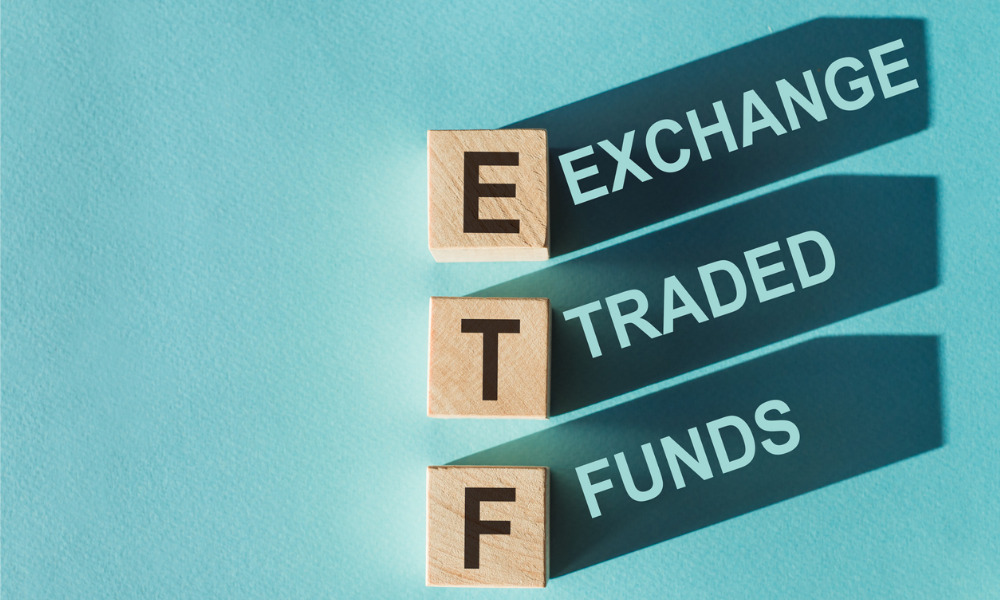Cost-conscious investors are flocking to rivals, which offer even more reduced fees on competing products

Five years ago, US-domiciled exchange traded funds were so inexpensive that they took market share from rival ETFs. To today’s fee-sensitive investors, they're so overpriced that they're losing assets to opponents with even lower costs.
The pattern indicates that fee compression in the US$7.2-trillion US ETF business will continue, as increased competition compels fund organizations to lower costs or lose market share, according to the Financial Times.
“The goalposts haven’t just shifted,” Elisabeth Kashner, director of global fund analytics at FactSet, told the Times. “They moved from one end of the field to the other.”
“In December 2017, the asset-weighted average expense ratio for ETFs that had gained market share from their direct competitors was 0.19 per cent, while the losers cost 0.26 per cent. By December 2021, 0.19 per cent was the price tag on market share losers. Successful funds now cost 0.16 per cent,” Kashner commented of the US market.
She added that investors have been flocking to lower-cost options across most segments of the ETF landscape. This has resulted in asset-weighted expense ratios dropping across asset classes and strategies.
“Investor preference for the lowest-cost products has become entrenched,” Kashner stated.
Similar patterns may be found around the world, even if the absolute level of fees in the US industry, which is the most established and best positioned to benefit from economies of scale, is lower.
Fixed income ETFs' average asset-weighted costs in the US have declined from 15 to 13 basis points since 2017, according to FactSet, while expenses associated with equity funds have fallen from 17 to 14 basis points in the same time period.
While they are still more expensive, fees for ETFs that track narrower asset classes have fallen even faster, with costs for alternative assets falling from 89bp to 67bp in the last year and fees for geared ETFs falling from 102bp to 71bp, with currency funds bucking the trend.
Investors may be able to anticipate several more years of declining charges.
According to Kashner, fees will eventually fall to fund providers' marginal cost of production, which will be 1-2bp for the "largest broadest funds."
“They chose a pretty aggressive price point for their funds. Because they converted such a large asset base, they lowered the average,” said Kashner. Yet she did not believe active management was immune to the wider fee war.
However, ever-lower costs aren't always good news for investors. One issue to consider is whether fund managers can fairly expect to connect successfully with investee companies on ever-shrinking revenues.
According to FactSet, average costs for equities ETFs investing on the basis of environmental, social, and governance (ESG) concerns have decreased by half since 2017, from 38bp to 19bp.
Even though there are between 3,000 and 5,000 US equities that are substantial and liquid enough to be investable by mainstream funds, Kashner believed meaningful engagement was still conceivable, given the economies of scale huge fund firms can employ.
Morningstar's senior fund analyst for passive strategies, Kenneth Lamont, said the market has been rattled by market leader BlackRock slashing costs for many ESG ETFs aggressively.
This eliminated the chance of industry-wide surplus profits, which generally exist for a few years for new items before being nibbled away by competition.
If only fund shops with adequate scale can afford to compete, another drawback of lower fees could be an increase in industry concentration.
However, he believed “we are a long way away” from such a scenario. “Falling fees in the ETF industry are one of the most positive developments in asset management over the last 20 years,” Lamont said.



